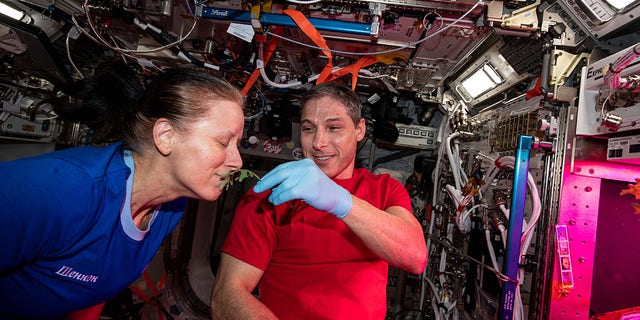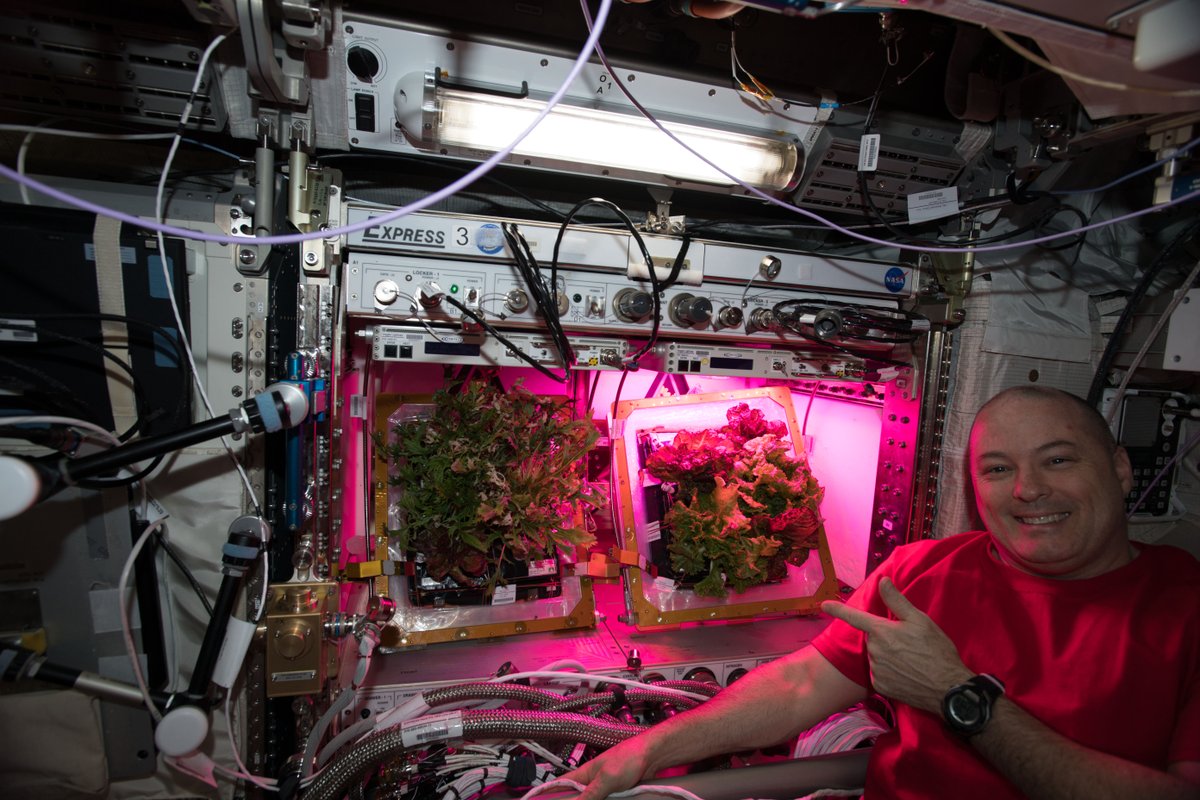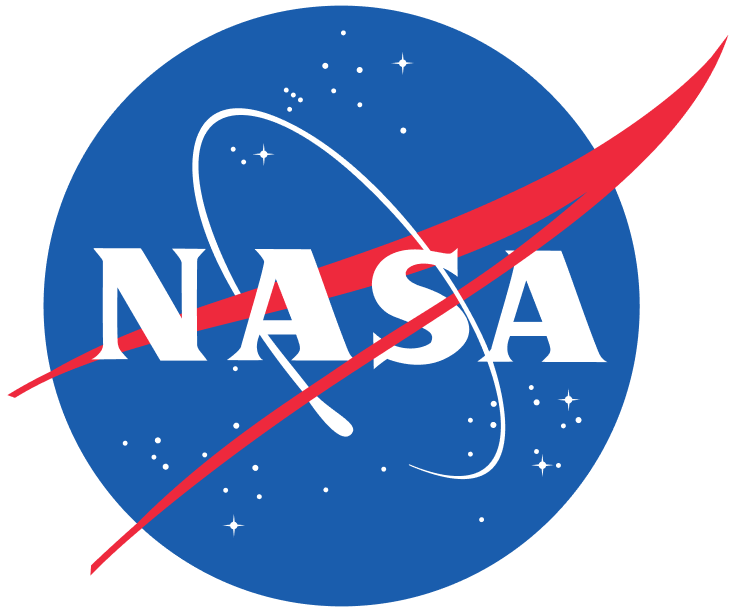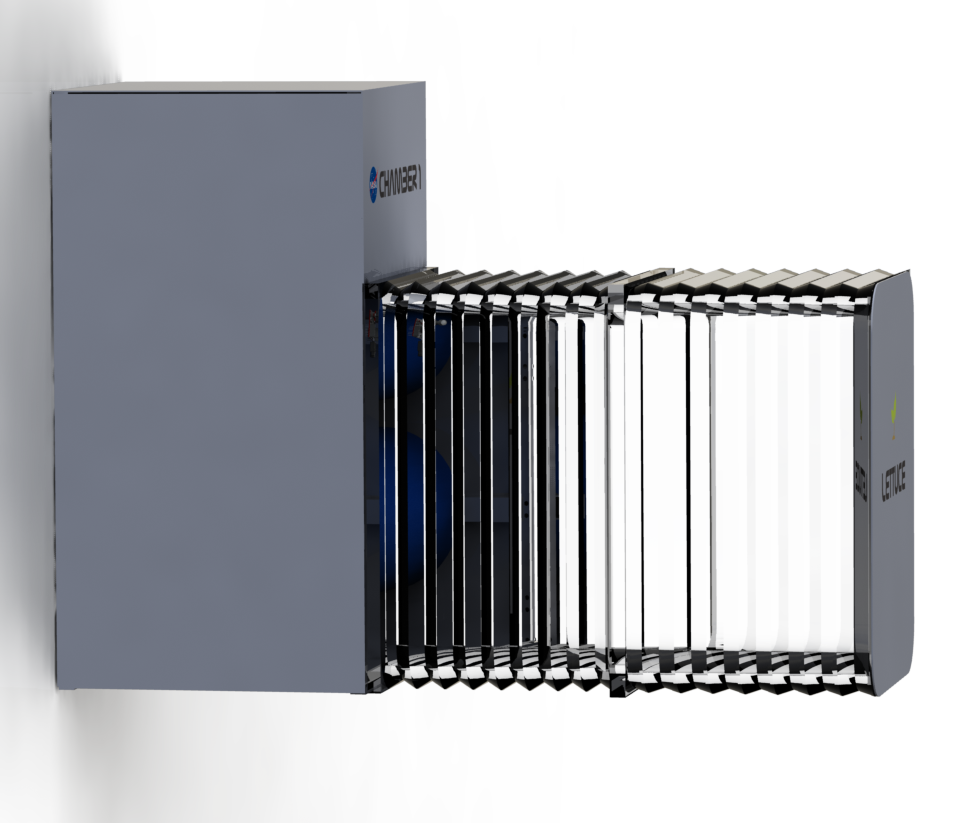THE PROJECT
Growing the Future🌱
GENERAL STRUCTURE OF THE SYSTEM:
- Materials used are aerospace alloys.
- Coil width: 0,421m
- Height, width and length of chamber: 0.5m X 0.5m X variable length.
- Height, width and length of electronics: 0.3m X 0.5m X 0.6m
- Electronics module at the top.
- Radiation / Protection: has radiation protection material such as polyurethane. It is a textile product, it can be enclosed in molds and shaped into specific spacecraft components". And since it is a derivative of polyethylene, it is also an excellent radiation shield.
It grows seeds for the generation of various plants needed to supplement the diet of a crew of 4-6 astronauts to be deployed for interplanetary travel.
It operates largely autonomously, with minimal human intervention and low maintenance thanks to the combination of technologies already known as AI/ML adapted to that need.
Its shape contemplates the possibility of being stowable and embeddable depending on the available storage space.

The System has 4 main sections.
These are:
- Deployable growth chamber.
- Pre-seeded deployable reel.
- Electronic control and monitoring system.
- Fluid recovery system.
This is a controlled and monitored atmosphere space as described below. capable of utilizing the available site.
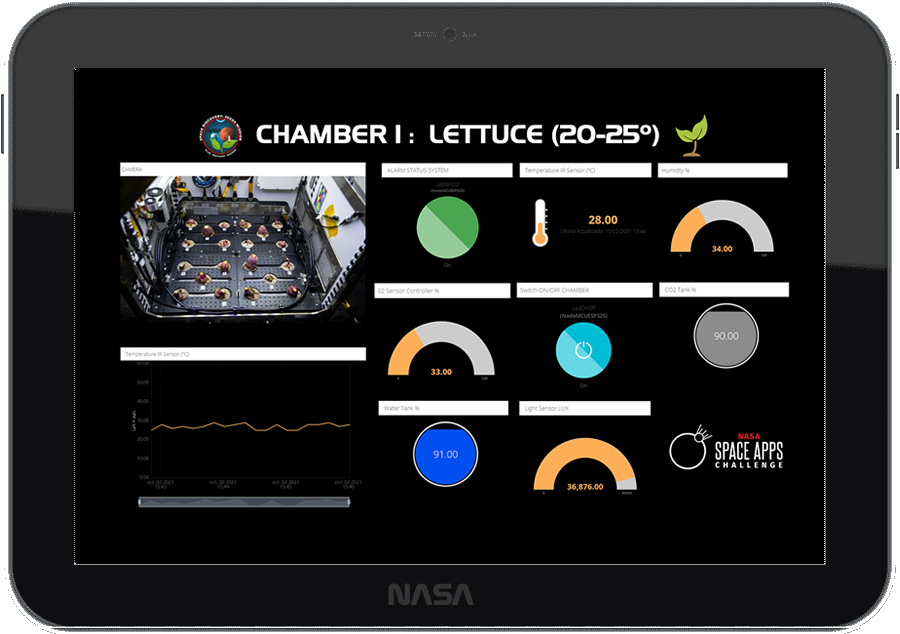
The growth chamber is deployed remotely, with the possibility of manual deployment. The length of deployment is variable depending on the available space, with a maximum allowable length of 1.5m, which would be the equivalent of three times its initial size.
It is built with light materials and its main component is a transparent bellows that allows to see the crop at all times.
Inside the bellows, a pre-sowing reel is automatically deployed.
It is made up of compartments that house packets of biodegradable pressed peat with their respective seeds and nutrients. These compartments are interconnected by an autonomous irrigation system.
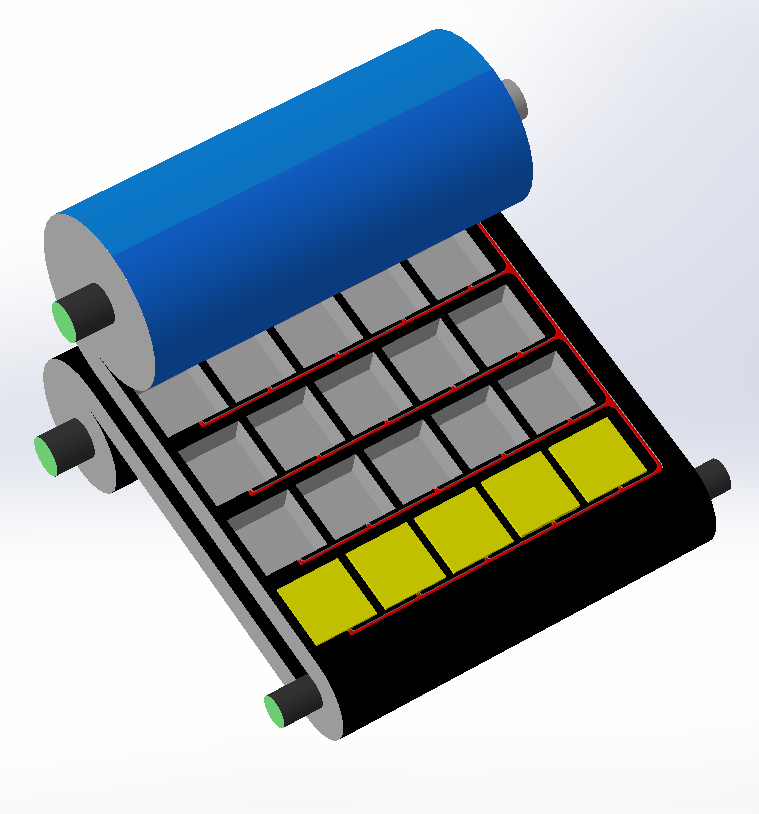
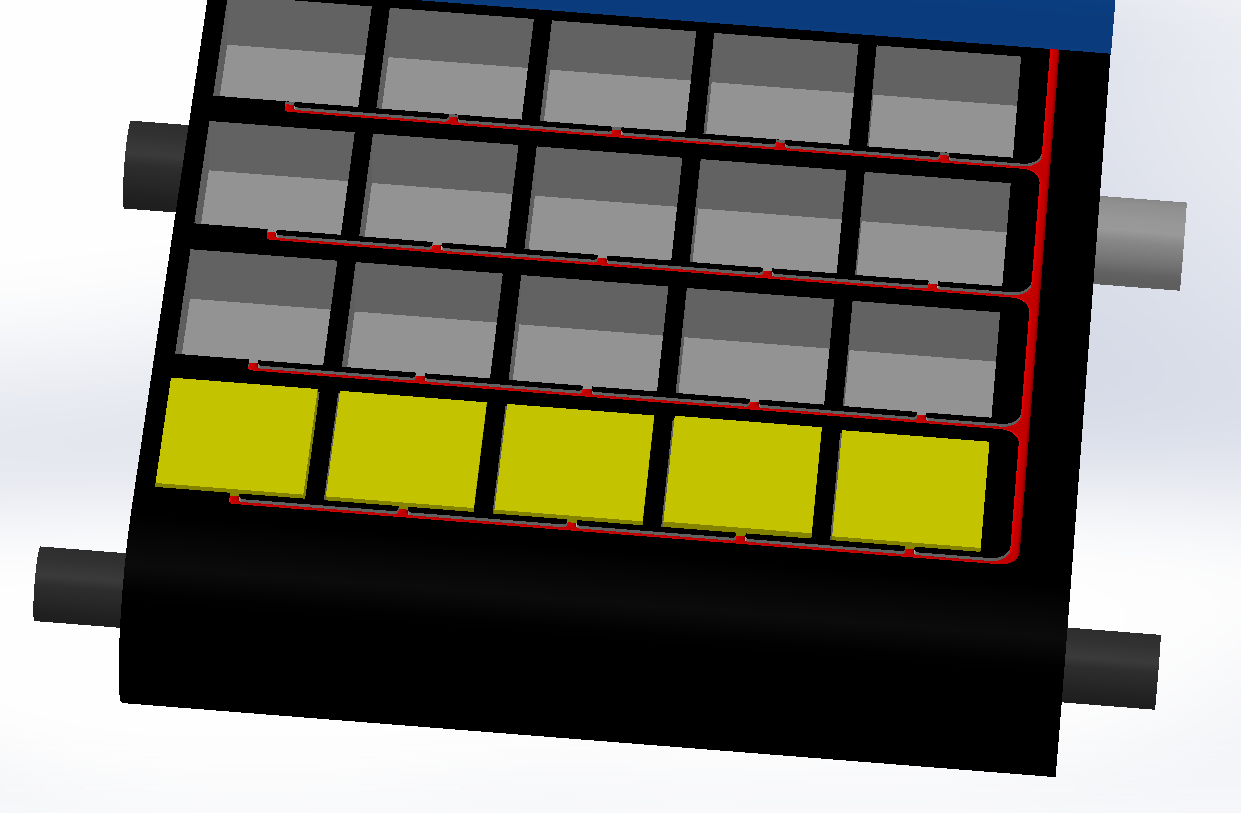
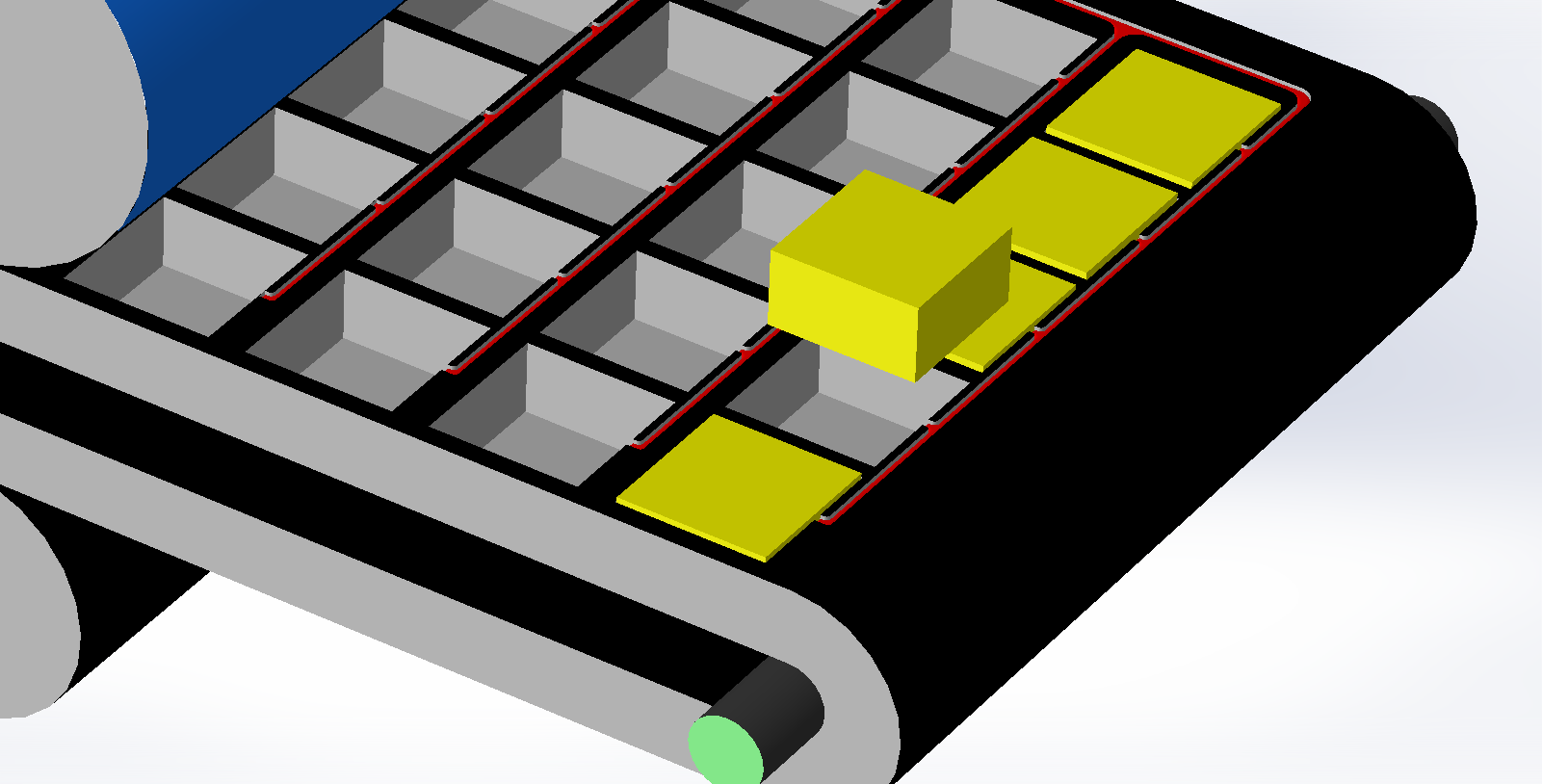
The cultivation surface varies according to the length of the chamber and the space available. It allows a continuous supply, taking advantage of the space available when consuming the food rations. The reel can always continue to advance in the chamber.
as it is harvested, thus maintaining a constant production of fresh, vitamin-rich feed.
Once harvesting is complete, it is wound back onto a second take-up reel. This can be reused by replacing each cell by incorporating a new packet of peat with seeds. This allows it to be recycled as fertilizer for future crops, thus achieving minimum waste generation.
The system has sensors for monitoring and telemetry, which allows it to operate autonomously and thus maintain the optimal state of the crops.
The main elements to achieve this function are: Temperature, light, humidity, CO2 and O2 sensors, among others.
A Machine Learning is in charge of monitoring the color of the plants to determine their health and identify them spatially using QR codes. If the system detects any anomaly in any of the crops, the crew will be alerted by an alarm.
This data is visualized in a simple and organized way from a mobile device (tablet), which also allows the crew to take the actions they deem appropriate.
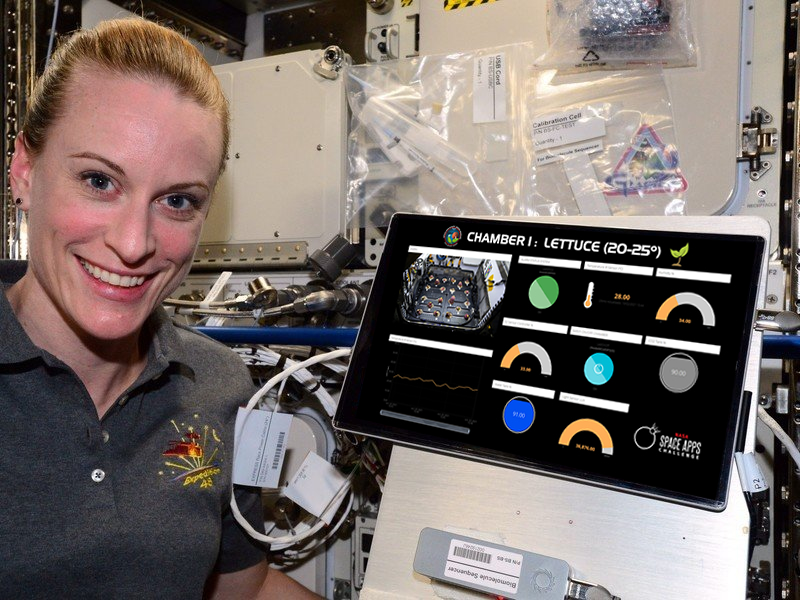
The last stage of the system is composed of the following components:
- H2O recovery tank and irrigation system. (condensate)
- CO2 and O2 regulator.
- Drainage system.
- Air filtration system.
- Lighting system: this must be of bluish colors and it is the one that promotes the photosynthesis of the plants.
What benefits does it have?
This innovative system provides many benefits. Among which we can list the following:
- The system requires minimal crew intervention, being practically autonomous, being practically minimized until harvest time, or in case of alarm.
- Its maintenance is practically null, as well as cleaning.
- Another very important point is that the plants will have positive psychological effects, as they will help the astronauts to relax and distract themselves after their hard days. Not to mention the pleasant moment they will enjoy the pleasant textures and palatability of a totally natural product that has not been preserved for months in a sealed package.
- The consumption of cultivated vegetables gives the possibility to supplement vitamins that degrade over time in pre-packaged food rations.
- An additional benefit is this system can also be used in gravity. It can be implemented in inhospitable areas of the earth or in future habitats on the Moon or Mars.
- Fresh crops will be obtained with a minimum energy requirement.
- Minimal waste generation, allowing a recycling rate of 90%.
We hope this system will be implemented in the near future, so that astronauts can eat fresh and natural food. Thus directly enabling space agriculture.All this represents a big step for the future of space exploration, to make humanity a multi-planetary civilization.The final objective is to contribute to the communication of this type of information for public and educational use as support material for future developments in this type of technology.

